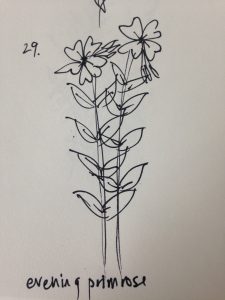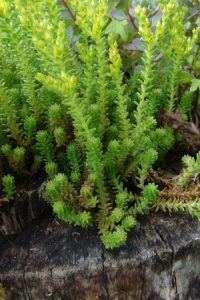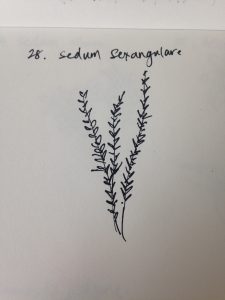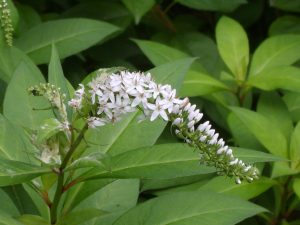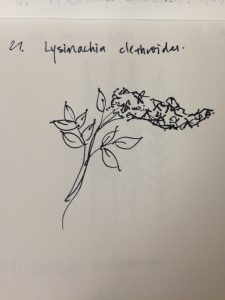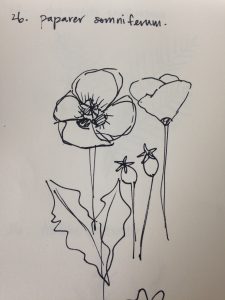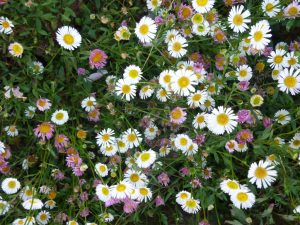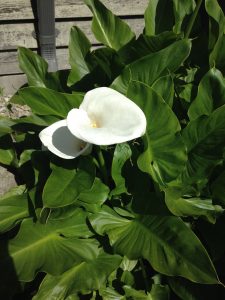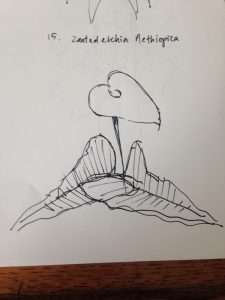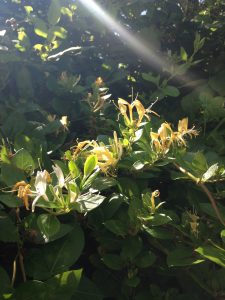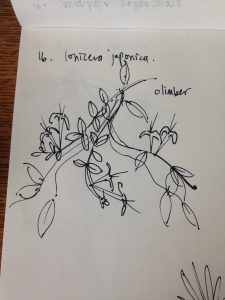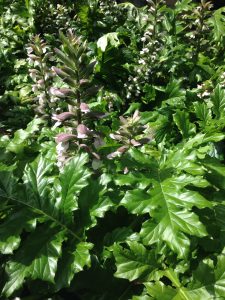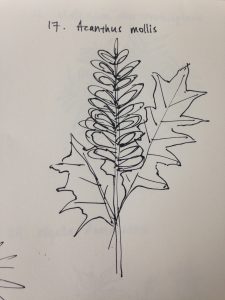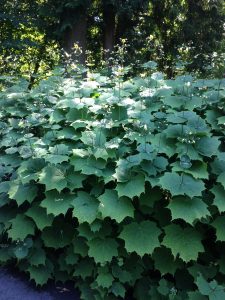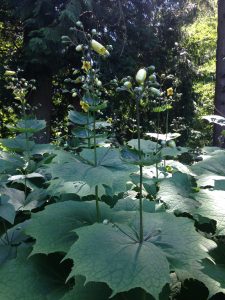
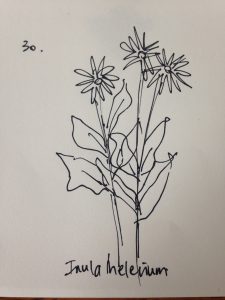
(image from google images)
Common name: elecampane
Size, form, texture: height 3-6 ft, spread 2-3 ft,
Hardiness, origin, native ecology: zone 3-7, easier plant than magnifica, prefers moist, well drained soils in full sun to part shade.
Bud, foliage, flower and fruit characteristics: yellow interesting attractive blooms in July to September, long blooming period, sunflower like yellow flowers, hairy coarse, toothed foliage.
Cultural and maintenance requirements and appropriate uses in the landscape: Very attractive and interesting plant in masses. Cheerful flowers and massing foliage. Good in herb gardens, borders, wildflower gardens, or cottage style gardens.

